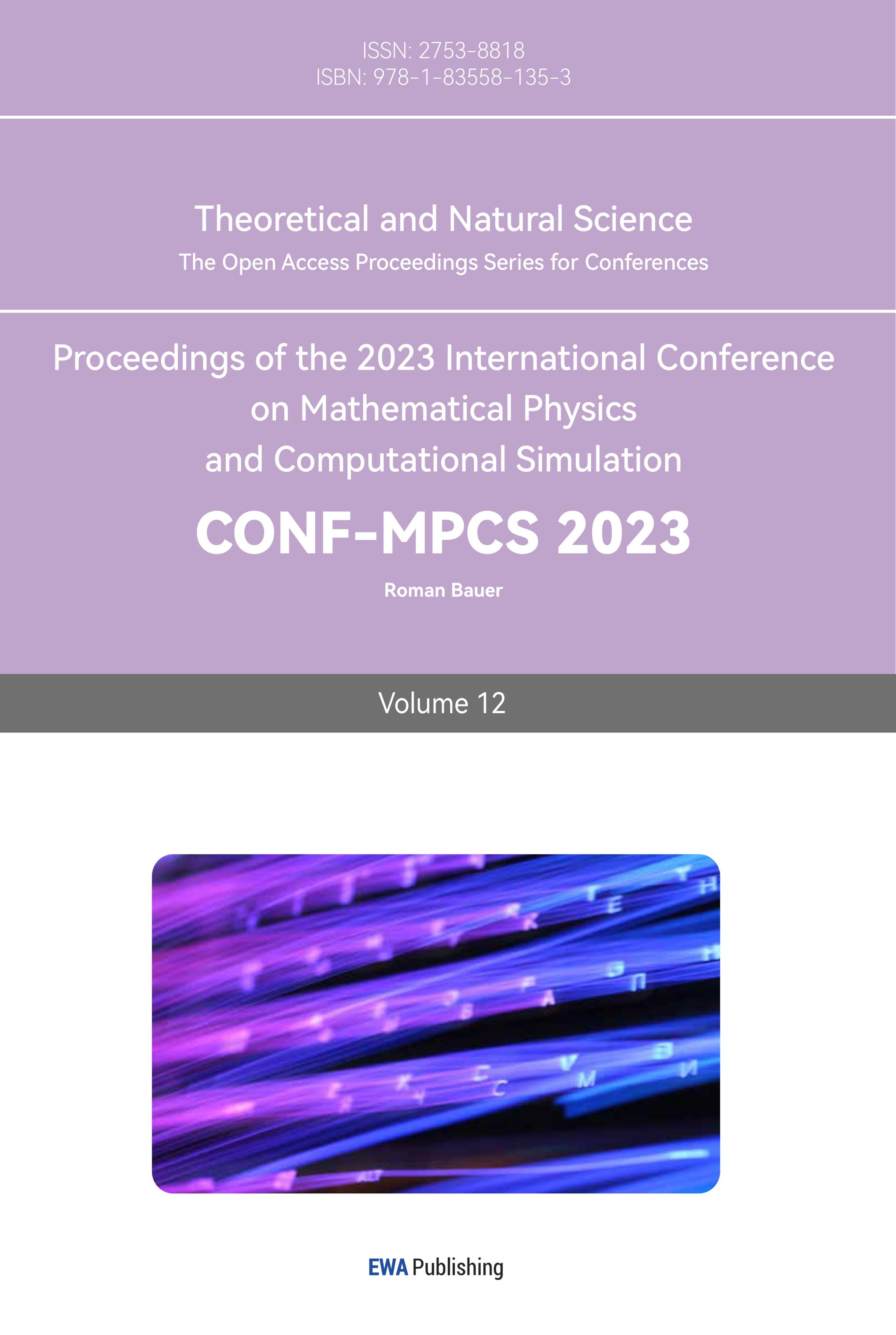References
[1]. The History of the Jet Engine Archived 19 February 2011 at the Wayback Machine. Retrieved: 29 June 2010.6.
[2]. Wayback Machine. The History of the Jet Engine.19 February 2011. Retrieved on July 13, 2023.
[3]. Nicholas Cumpsty. "Jet Propulsion: A Simple Guide to the Aerodynamic and Thermodynamic Design and Performance of Jet Engines". 14 August 2003.Retrieved on July 3, 2023.
[4]. Flack R 2005 Fundamentals of jet propulsion with applications Cambridge University Press 17
[5]. Klaus Hunecke. "Jet Engines: Fundamentals of Theory, Design and Operation". 1 April 2003. Retrieved on June 27, 2023.
[6]. Bilien, J. and Matta, R.. The CFM56 Venture. AIAA/AHS/ASEE Aircraft Design, Systems, and Operations Conference. Seattle, WA, 31 July – 2 August 1989. AIAA-89-2038. Retrieved on July, 2023
[7]. David Kaminski-Morrow. "Leap production edges towards positive contribution". Flightglobal. September 5, 2019. Retrieved on July 7, 2023.
[8]. Bennett H 1983 Proceedings of the Institution of Mechanical Engineers, Part A: Power and Process Engineering 197 149
[9]. Zhao J, Westbrook J 2003 MRS Bulletin 28 622
[10]. Han P 2017 Engineering 3 648
[11]. Tsybin O, Makarov S and Ostapenko O 2016 Acta Astronautica 129 211
Cite this article
Chen,R. (2023). Advanced development and future of jet engines. Theoretical and Natural Science,12,162-166.
Data availability
The datasets used and/or analyzed during the current study will be available from the authors upon reasonable request.
Disclaimer/Publisher's Note
The statements, opinions and data contained in all publications are solely those of the individual author(s) and contributor(s) and not of EWA Publishing and/or the editor(s). EWA Publishing and/or the editor(s) disclaim responsibility for any injury to people or property resulting from any ideas, methods, instructions or products referred to in the content.
About volume
Volume title: Proceedings of the 2023 International Conference on Mathematical Physics and Computational Simulation
© 2024 by the author(s). Licensee EWA Publishing, Oxford, UK. This article is an open access article distributed under the terms and
conditions of the Creative Commons Attribution (CC BY) license. Authors who
publish this series agree to the following terms:
1. Authors retain copyright and grant the series right of first publication with the work simultaneously licensed under a Creative Commons
Attribution License that allows others to share the work with an acknowledgment of the work's authorship and initial publication in this
series.
2. Authors are able to enter into separate, additional contractual arrangements for the non-exclusive distribution of the series's published
version of the work (e.g., post it to an institutional repository or publish it in a book), with an acknowledgment of its initial
publication in this series.
3. Authors are permitted and encouraged to post their work online (e.g., in institutional repositories or on their website) prior to and
during the submission process, as it can lead to productive exchanges, as well as earlier and greater citation of published work (See
Open access policy for details).
References
[1]. The History of the Jet Engine Archived 19 February 2011 at the Wayback Machine. Retrieved: 29 June 2010.6.
[2]. Wayback Machine. The History of the Jet Engine.19 February 2011. Retrieved on July 13, 2023.
[3]. Nicholas Cumpsty. "Jet Propulsion: A Simple Guide to the Aerodynamic and Thermodynamic Design and Performance of Jet Engines". 14 August 2003.Retrieved on July 3, 2023.
[4]. Flack R 2005 Fundamentals of jet propulsion with applications Cambridge University Press 17
[5]. Klaus Hunecke. "Jet Engines: Fundamentals of Theory, Design and Operation". 1 April 2003. Retrieved on June 27, 2023.
[6]. Bilien, J. and Matta, R.. The CFM56 Venture. AIAA/AHS/ASEE Aircraft Design, Systems, and Operations Conference. Seattle, WA, 31 July – 2 August 1989. AIAA-89-2038. Retrieved on July, 2023
[7]. David Kaminski-Morrow. "Leap production edges towards positive contribution". Flightglobal. September 5, 2019. Retrieved on July 7, 2023.
[8]. Bennett H 1983 Proceedings of the Institution of Mechanical Engineers, Part A: Power and Process Engineering 197 149
[9]. Zhao J, Westbrook J 2003 MRS Bulletin 28 622
[10]. Han P 2017 Engineering 3 648
[11]. Tsybin O, Makarov S and Ostapenko O 2016 Acta Astronautica 129 211









